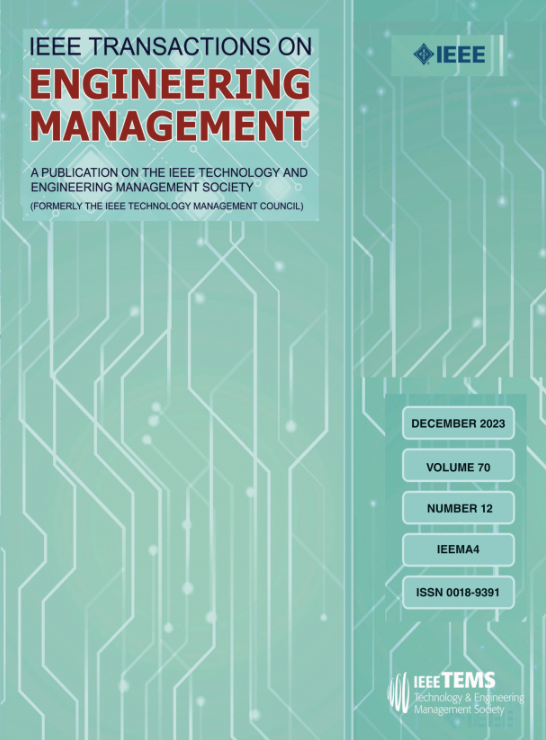Digital Transformation and Profit Growth: A Configurational Analysis of Regional Dynamics
IF 5.2
3区 管理学
Q1 BUSINESS
引用次数: 0
Abstract
In this article, we adopt configuration theory to explore how diverse combinations of regional factors contribute to profitability, emphasizing the principle of equifinality, which posits that multiple, equally effective configurations can lead to similar outcomes. This study examines the interplay of multiple factors—enterprise informatization, digital infrastructure, e-commerce, technological investment, innovation, hardware, and software—across four key themes: digital readiness and technological integration, market and economic enablers, innovation capacity and activity, and foundational artifacts and resources. Using data from 31 provinces in China from 2015 to 2022, this study employs fuzzy-set qualitative comparative analysis to uncover pathways to regional profit growth. The study identifies five distinct configurations contributing to profit growth across China's provinces. In most configurations, e-commerce and technological investment emerge as central drivers. However, in less developed regions, profit growth relies more on improvements in digital infrastructure and hardware, with innovation and enterprise informatization playing a less significant role. The findings also reveal that profit growth requires addressing the weakest elements in the ecosystem—whether digital infrastructure, technological capabilities, or other factors. Strategies tailored to regional conditions must prioritize improving these weaker components to achieve sustained growth, as ignoring them can limit the overall success.数字化转型与利润增长:区域动态的配置分析
在本文中,我们采用配置理论来探讨区域因素的不同组合如何对盈利能力做出贡献,强调平等原则,即假设多种相同有效的配置可以导致相似的结果。本研究考察了企业信息化、数字基础设施、电子商务、技术投资、创新、硬件和软件等多个因素的相互作用,涉及四个关键主题:数字准备和技术集成、市场和经济推动因素、创新能力和活动、基础工件和资源。本研究利用2015 - 2022年中国31个省份的数据,运用模糊集定性比较分析法揭示区域利润增长的路径。该研究确定了中国各省利润增长的五种不同格局。在大多数情况下,电子商务和技术投资成为核心驱动力。然而,在欠发达地区,利润增长更多地依赖于数字基础设施和硬件的改进,创新和企业信息化的作用不太明显。研究结果还表明,利润增长需要解决生态系统中最薄弱的因素——无论是数字基础设施、技术能力还是其他因素。适合地区情况的战略必须优先改善这些较弱的组成部分,以实现持续增长,因为忽视它们可能会限制整体成功。
本文章由计算机程序翻译,如有差异,请以英文原文为准。
求助全文
约1分钟内获得全文
求助全文
来源期刊

IEEE Transactions on Engineering Management
管理科学-工程:工业
CiteScore
10.30
自引率
19.00%
发文量
604
审稿时长
5.3 months
期刊介绍:
Management of technical functions such as research, development, and engineering in industry, government, university, and other settings. Emphasis is on studies carried on within an organization to help in decision making or policy formation for RD&E.
 求助内容:
求助内容: 应助结果提醒方式:
应助结果提醒方式:


